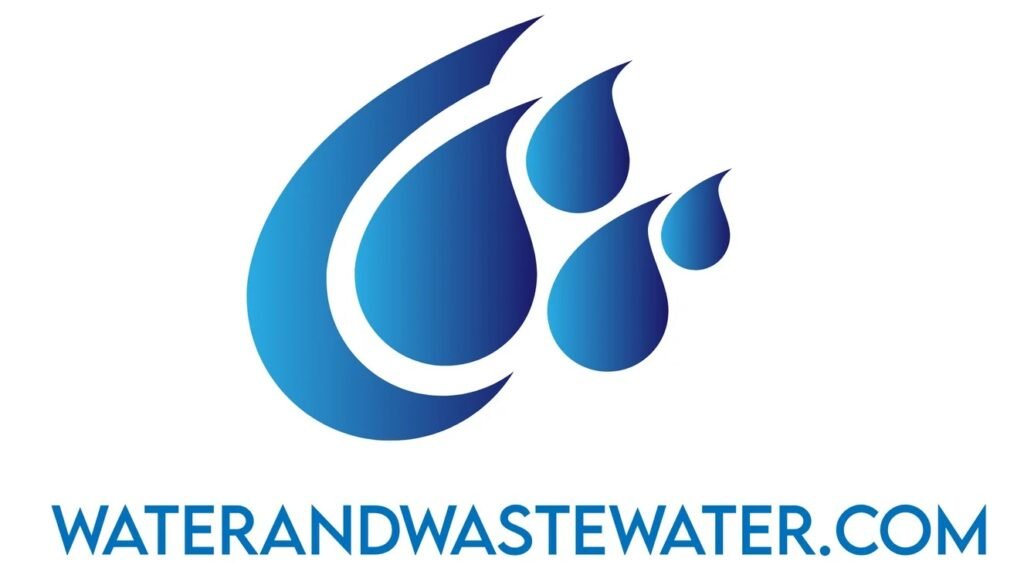Tag: water scarcity
Perovskite Solar Cells for Water Treatment: A Game-Changer for Clean Water Access Introduction Water scarcity and pollution are pervasive issues that threaten global health and economic stability. Traditional methods of water treatment, such as chlorination and membrane filtration, are energy-intensive and sometimes ineffective against modern pollutants like pharmaceuticals and industrial chemicals. The search […]
The Hollywood Water Pollution Control Plant: A Model of Modern Wastewater Management Introduction In the bustling urban landscape of Los Angeles, where the glitz and glamour of Hollywood meet the everyday lives of millions, efficient wastewater management is indispensable. The Hollywood Water Pollution Control Plant (HWPCP) stands as a paragon of modern wastewater treatment, serving […]
Origami-Inspired Water Purification Devices: A Revolutionary Approach Introduction Water purification has long been a cornerstone of public health, essential for ensuring access to clean drinking water and preventing waterborne diseases. Advances in this field have been varied, ranging from chemical treatments to sophisticated filtration systems. One of the most innovative recent developments is […]
Wastewater Treatment for Agricultural Use: A Comprehensive Guide Introduction With the global population steadily climbing, the demand for fresh water is ever-increasing. This necessitates innovative solutions for sustainable water management. One such solution is the treatment and reuse of wastewater in agriculture. Wastewater treatment for agricultural use promises to alleviate the stress on […]
How Is Freshwater Treatment Similar To Wastewater Treatment? Water — an essentially abundant yet critically vital resource — dictates life on Earth. While 71% of the Earth’s surface is enveloped by water, a staggering 97% resides in oceans as saltwater, leaving a mere 3% as freshwater. Out of this 3%, only a small fraction […]
How Is Desalination Different From Water Reclamation? In a world increasingly concerned with sustainability and the environment, addressing the issue of dwindling fresh water supplies has become a critical concern for civilizations worldwide. Two important technologies—desalination and water reclamation—provide potential solutions to augment our freshwater resources. However, these methodologies are distinct in their origins, […]
Title: Hybrid Capacitive Deionization: A Cutting-Edge Solution for Water Purification Abstract In an era where water scarcity and pollution have become pressing global challenges, the quest for efficient and sustainable water treatment technologies is more critical than ever. Hybrid Capacitive Deionization (HCDI) is an emerging and promising technology designed to tackle these issues […]
Title: Femtosecond Laser-Induced Graphene: Revolutionizing Water Treatment Abstract Water scarcity and pollution are major global challenges that demand innovative technological solutions. Among the myriad of potential remedies, recent advancements in material science, particularly the development of femtosecond laser-induced graphene (FLIG), offer promising avenues for revolutionizing water treatment methods. Graphene’s unique properties – exceptional […]
Durham Sewage Treatment Plant: Transforming Wastewater Management for a Sustainable Future The Durham Sewage Treatment Plant is more than just an industrial facility. It is a lifeline for the city of Durham, playing an indispensable role in safeguarding public health, protecting the environment, and supporting local industry and agriculture. As the city grows, so […]
Atomic Layer Deposition for Membrane Modification: A Technological Revolution Introduction Membrane technology has increasingly become a pivotal part of various industrial and environmental applications, including water purification, gas separation, and energy storage. As demands for advanced performance grow, so does the need for innovative techniques to enhance membrane functionality. Atomic Layer Deposition (ALD) has emerged […]
